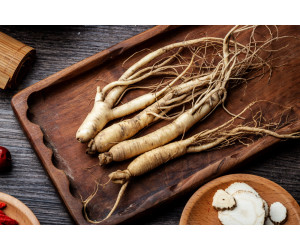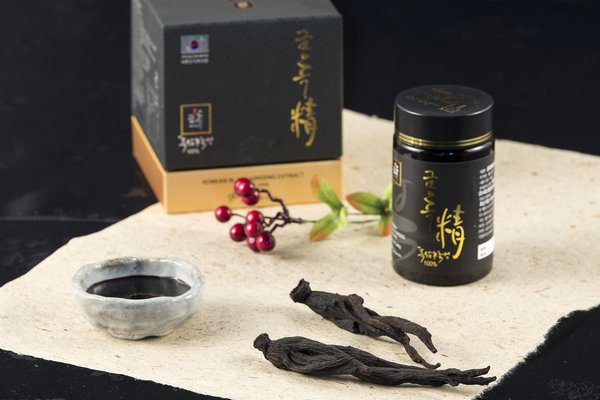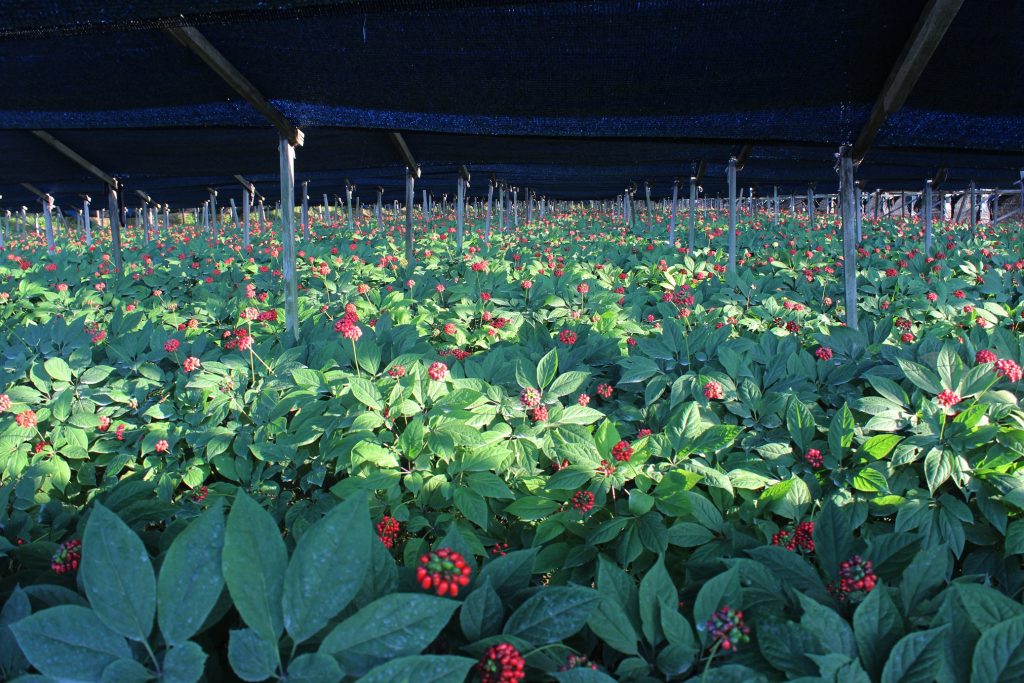
How to Choose High-Quality Ginseng?
Ginseng is a plant known for its beneficial effects on vitality, cognitive functions, and overall well-being. With increasing demand, multiple varieties are available on the market. However, some of them do not meet the required standards. Are you wondering how to choose high-quality ginseng? This article provides insights into key aspects to identify an authentic and effective product.
The Different Types of Ginseng and Their Specificities
Red Ginseng
Red ginseng stands out due to its unique transformation process. The roots, cultivated for 6 years, are immersed in a sugary liquid and then dried at high temperatures. This method enhances the stability of active ingredients and increases their concentration, particularly in Rg-type ginsenosides, which are known for supporting energy and vitality.
White Ginseng
White ginseng, harvested after 4 years of cultivation, is naturally dried in the sun at moderate temperatures. This process preserves the balancing saponins of type Rb, promoting overall well-being. However, its shelf life is more limited than that of the red variant due to the absence of intensive thermal treatment.
Black Ginseng

Black ginseng undergoes a steaming process of 9 successive cycles in addition to washing and drying. This preparation intensifies the concentration of specific ginsenosides such as Rg3, Rk1, and Rg5, which contribute to optimizing vitality, cognitive functions, and circulation. Cultivated under the best conditions, especially in the Geumsan region, it is a highly qualitative variety for demanding needs.
Our Range of High-Quality Ginseng
Choosing Between the Various Available Formats
Ginseng is available in different forms to suit individual preferences:
- Powder: Versatile and easy to incorporate into beverages.
- Liquid extract: More concentrated, ensuring quick and efficient consumption.
- Capsules: Provide a precise dosage suitable for daily use.
- Infusions: Although less common, they offer a natural and easy-to-prepare alternative.
Key Criteria for Choosing High-Quality Ginseng
Concentration of Active Ingredients
Ginsenosides, belonging to the saponin family, are the main active compounds in ginseng. These molecules have neuroprotective, antioxidant, and immune-boosting properties. A high-quality product should have a high concentration of these elements, expressed in mg/g of dry matter.
For premium ginseng, saponin levels range between 60 and 80 mg/g. Some wild, exceptionally high-quality varieties, though rare and expensive, can reach concentrations above 100 mg/g.
In the case of ginsenosides, the most potent products generally contain concentrations between 10 and 15 mg/g. The best extracts sometimes reach this upper limit, ensuring optimal effectiveness. Additionally, the plant's age influences the content of these substances, with ginseng harvested at 6 years being the most recommended.
Good to Know:
Some ginseng extracts with excessively high ginsenoside concentrations are often of poor quality. They contain saponins from other plants, such as campanula, which reduce their overall effectiveness.
Cultivation Method
The cultivation method plays a crucial role in determining the final product's quality:
- Wild ginseng has a high concentration of active ingredients.
- Semi-wild ginseng, grown in forests on organic soils, is a recommended alternative.

Certifications and Labels
The quality and safety of products are ensured by recognized labels. Our ginseng complies with GAP (Good Agricultural Practices) and GMP (Good Manufacturing Practices) standards, guaranteeing rigorous production methods:
- Minimal and controlled use of pesticides and chemical additives.
- Strict adherence to agricultural and industrial processes.
Where to Find High-Quality Ginseng?
Ginseng Premium is a leading reference in this field. With a factory approved by the KFDA Korea and the FDA, we guarantee remarkably pure products. From red and black ginseng to derivative products such as candied roots and teas, we have everything you need to meet your expectations.







